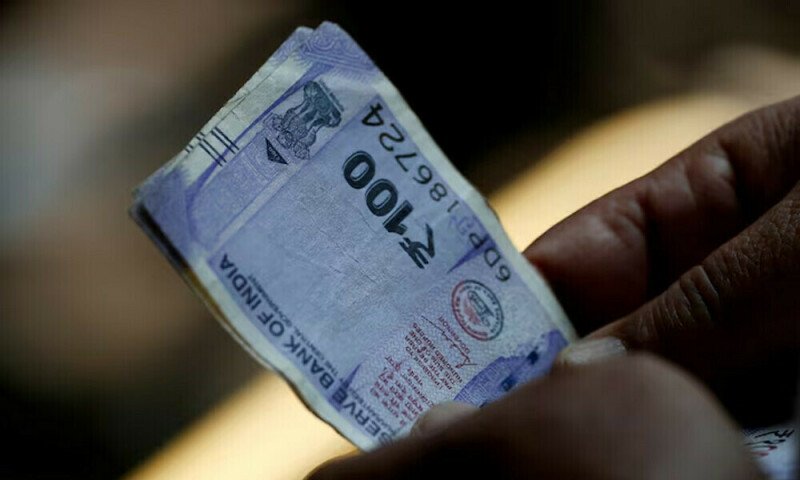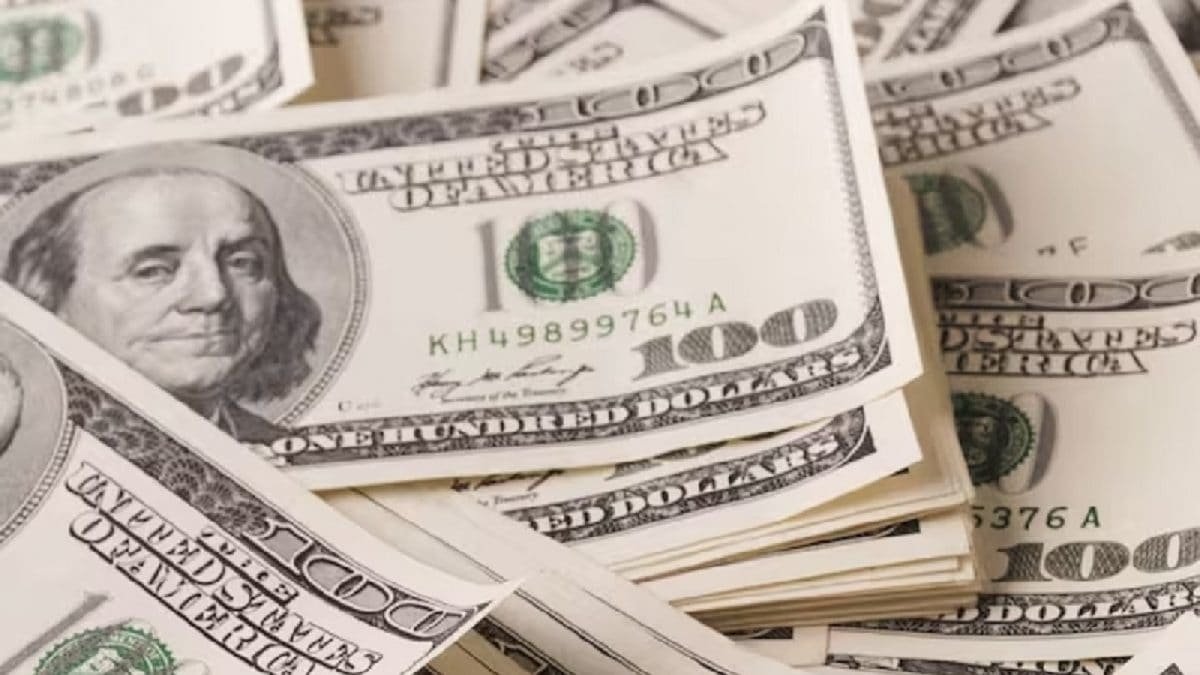Samiran Chakraborty, Chief Economist at Citi Bank, told CNBC-TV18 that factors such as a seasonal improvement in India’s current account have helped stabilise the rupee. “Compared to the relative nominal depreciation that we had seen in the last few months, I think that’s behind us,” he said, adding that the rupee is now trading at fair valuation levels.
Santanu Sengupta, Chief India Economist at Goldman Sachs, expects the rupee to trade between 86.5 and 88 over the next three to six months. “We expect depreciation to be limited this year, with the rupee likely moving towards 88-89 by year-end,” he said.
Experts believe the rupee is no longer significantly overvalued. Chakraborty noted that a weaker US dollar index (DXY) and lower domestic inflation have brought the rupee’s real effective exchange rate (REER) closer to its long-term average. “The INR REER is now back to around the 102 mark, slightly lower than its historical trend, which suggests the rupee is in a much more fair valuation zone,” he said.
Key factors supporting the Rupee
Brent crude prices could further support the rupee. Citi Bank projects crude to fall to $60 per barrel by the end of 2025, which, if realised, would improve India’s trade balance and ease pressure on the currency.
The Reserve Bank of India (RBI) has actively managed foreign exchange reserves and forward sell positions to stabilise the rupee. However, experts caution that the central bank’s large forward book remains a risk.
“The RBI’s short forward book position is quite sizable,” said Sengupta. “How they manage to bring it down while maintaining a comfortable balance of payments situation will be key to controlling rupee volatility.”
Despite this, analysts believe the RBI has sufficient reserves to prevent excessive depreciation. “The spot reserves are okay for now, giving the RBI enough firepower to keep the rupee within a narrow range,” Chakraborty said.
Impact of trade tariffs
A key unknown for the rupee is the impact of reciprocal tariffs set to take effect in April. While these tariffs could temporarily disrupt trade, analysts are awaiting further clarity before adjusting forecasts.
“The trade policy announcement on April 2 will be crucial,” said Upasana Chachra, Chief Economist at Morgan Stanley. “Depending on how the market reacts, we may see some short-term rupee movement, but over the longer term, India’s external balances should remain supportive.”
With multiple supportive factors in play, analysts no longer expect the rupee to weaken beyond 89 per dollar this year, despite earlier concerns that it could breach 90. “Even at the peak of rupee depreciation concerns, people were talking about 90,” Chachra said.
“Now, the consensus seems to be that the rupee’s worst phase is behind us, with 89 being the peak depreciation level for this year.”
Watch accompanying video for entire discussion.






